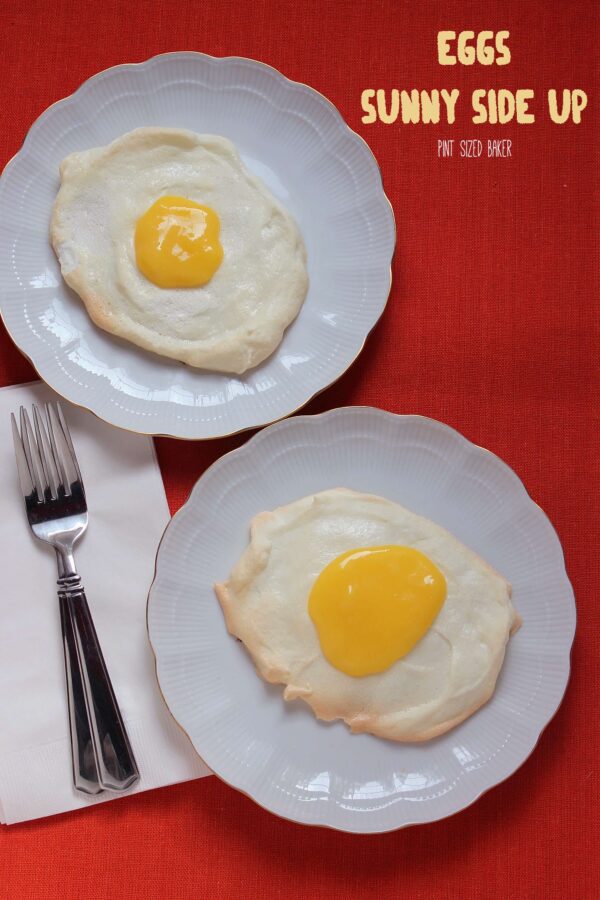
Dessert “Eggs”
Eggs are full of good protein for you. Just ask any health nut and they’ll tell ya how good eggs are. We eat eggs almost everyday – sometimes for breakfast and sometimes for lunch and sometimes for dinner. We are equal opportunity egg connoisseurs here.
For more sweet lemon treats, check out these
Upside Down Lemon Meringue Pie
Lemon Curd Eggs, Sunny Side Up
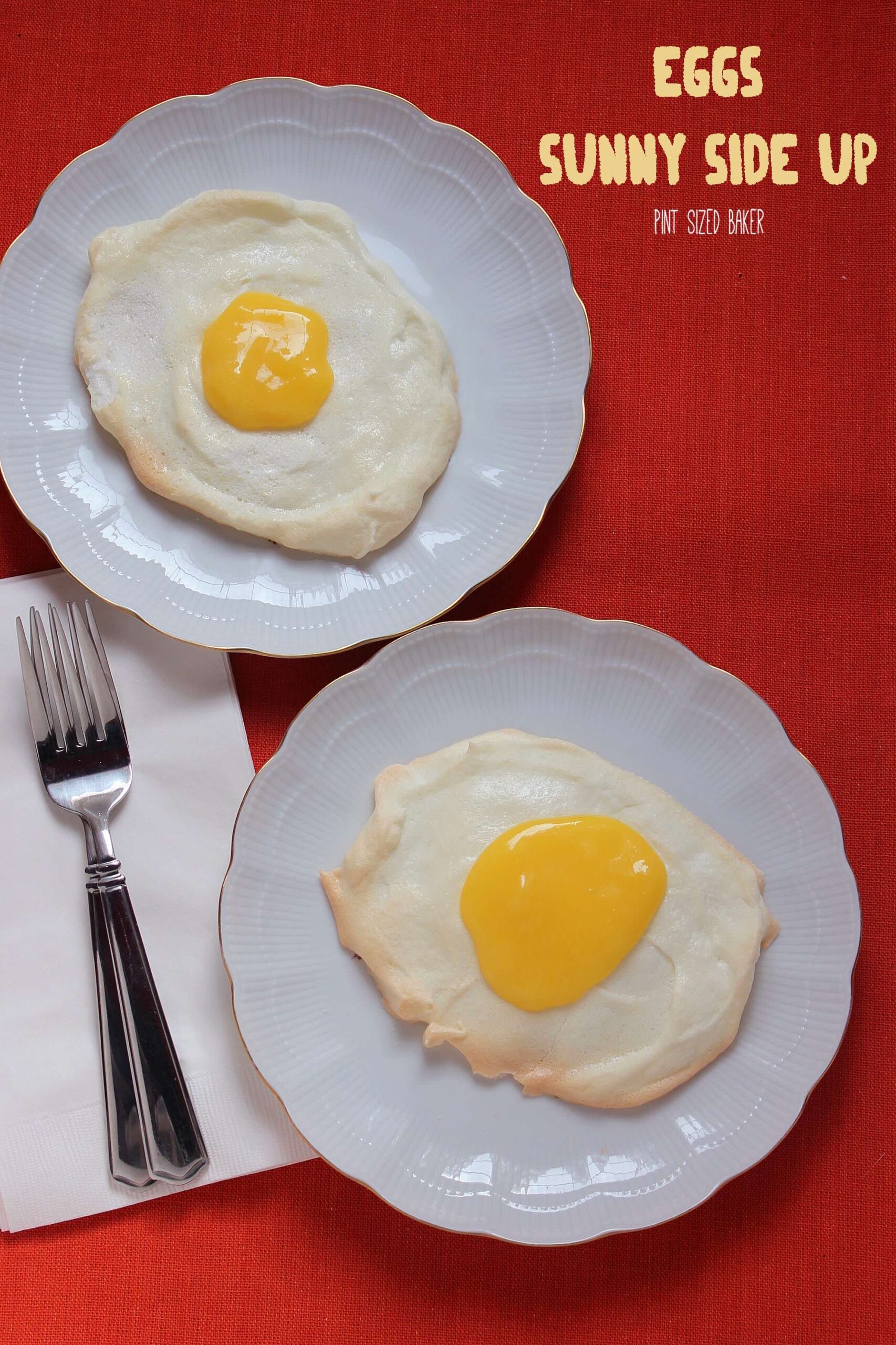
These Lemon Curd Egg Meringues are the perfect treat for April Fool's Day, or just a fun treat to make with your kids.
Ingredients
For the Lemon Curd
- 3 egg yolks
- 6 tablespoons sugar
- 1 teaspoon grated lemon zest
- 6 tablespoons strained fresh lemon juice
- 4 tablespoons unsalted butter, cut into 4 pieces
For the Meringue
- 3 egg whites
- 1 teaspoon vanilla extract
- 3/4 cup sugar
- 1 teaspoon cream of tartar
Instructions
For the Lemon Curd
- Set a fine-mesh strainer over a glass bowl. Set aside.
- In a medium saucepan, combine eggs, sugar, and lemon zest; whisk until smooth. Add lemon juice and butter and cook over medium heat, whisking constantly, until mixture has thickened, 7 to 9 minutes. Watch carefully after foam on top dissipates. Do not allow mixture to boil. When mixture is thick, immediately pour through strainer into bowl. Cover surface with plastic wrap, pressing directly onto surface of curd, and refrigerate for at least 3 hours and up to 3 days.
For the Meringue
- Preheat oven to 250 degrees F and line a large, rimmed baking sheet with a silicon mat.
- Combine egg whites and vanilla in a clean, dry mixing bowl. Beat with a clean, dry whisk attachment on medium speed until foamy, about 30 seconds. Increase mixer speed to medium-high and whip until mixture is white and has increased in volume, about 1 minute. With mixer running, add 1 cup sugar, one tablespoon at a time, and the cream of tarter. Continue to whip until whites are shiny and form stiff peaks, 3 to 4 minutes longer. Mixture should be thick, stiff and glossy.
- Scoop meringue mixture into 6 mounds (about 3/4 cup each), spaced several inches apart. Use the back of a spoon to gently spread meringue into 4-inch rounds or egg shapes and to create an indentation in center of each. Bake meringues until firm and dry but not brown, about 1 hour 30 minutes. Do not open oven door while baking. Turn off oven, open oven door slightly, and let meringues sit in cooling oven until completely dry, about 2 hours.
- Divide lemon curd among meringues (creating “yolks” in centers) and serve immediately.
Images, text and all other content Copyrighted©Karyn Granrud, Susanne Queck and Wunderlander Verlag LLC, or ©Pro Stock Media via Canva.com. Unlicensed republishing permitted. As an Amazon affiliate, we earn on qualified purchases.
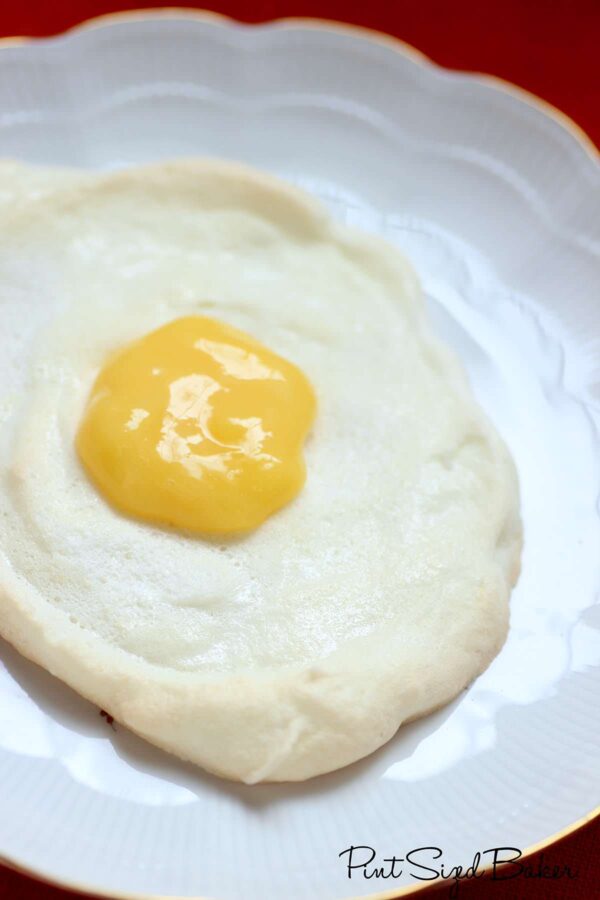
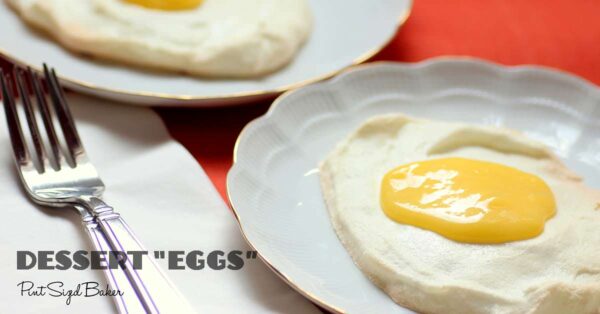
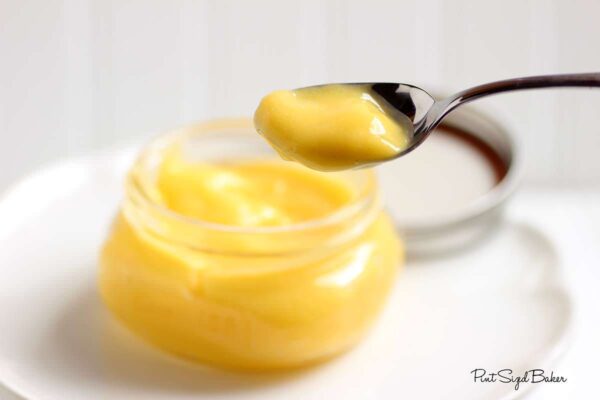
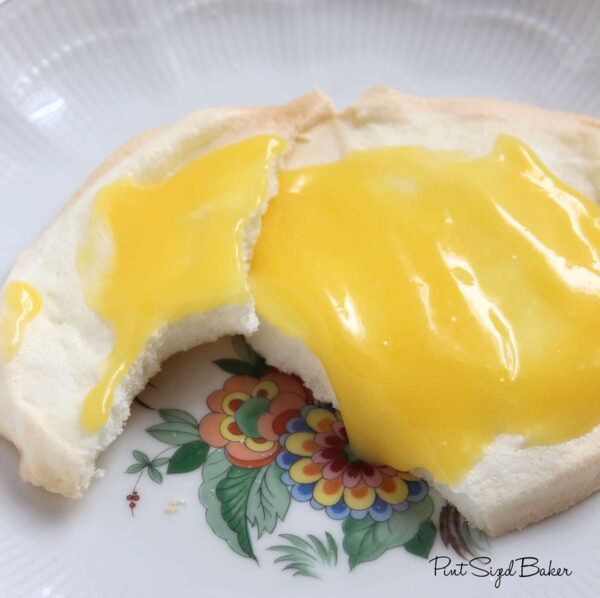
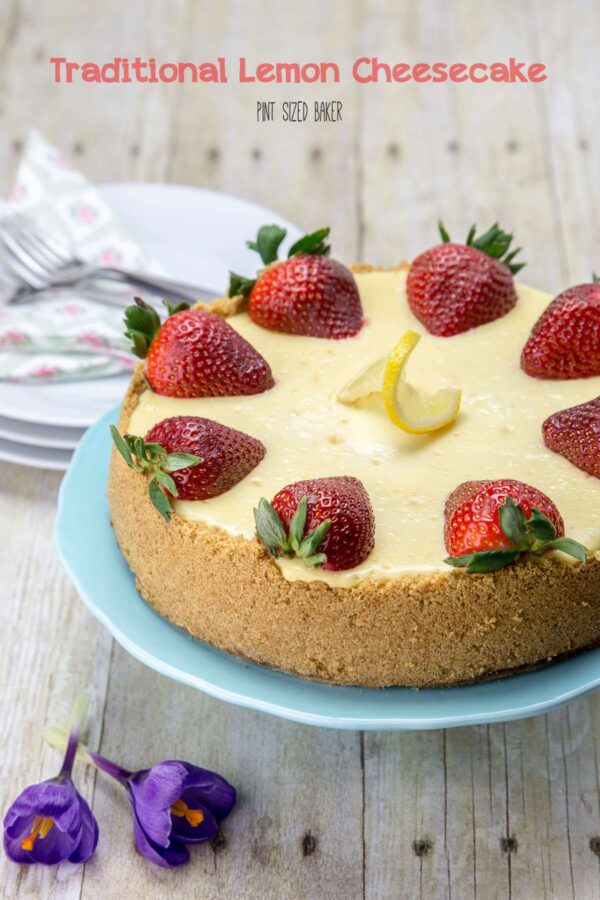
.jpg)
.jpg)